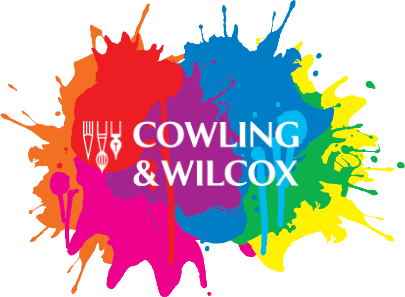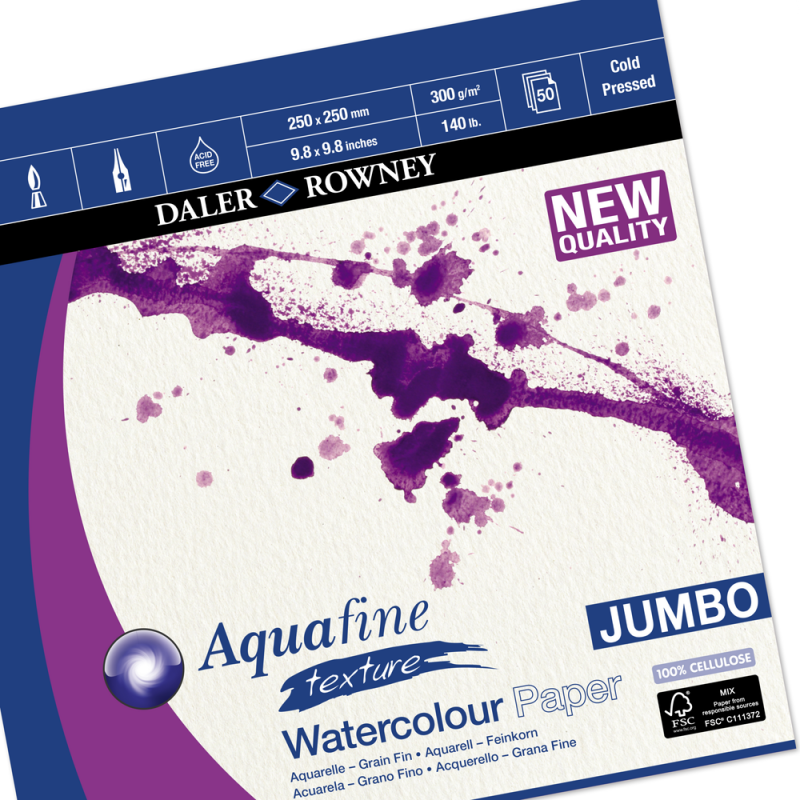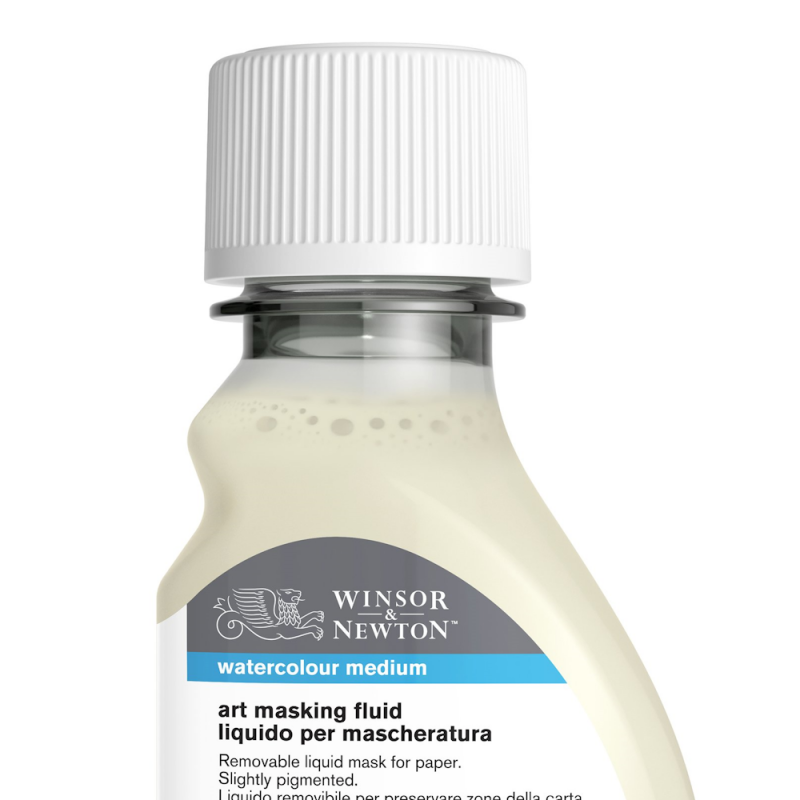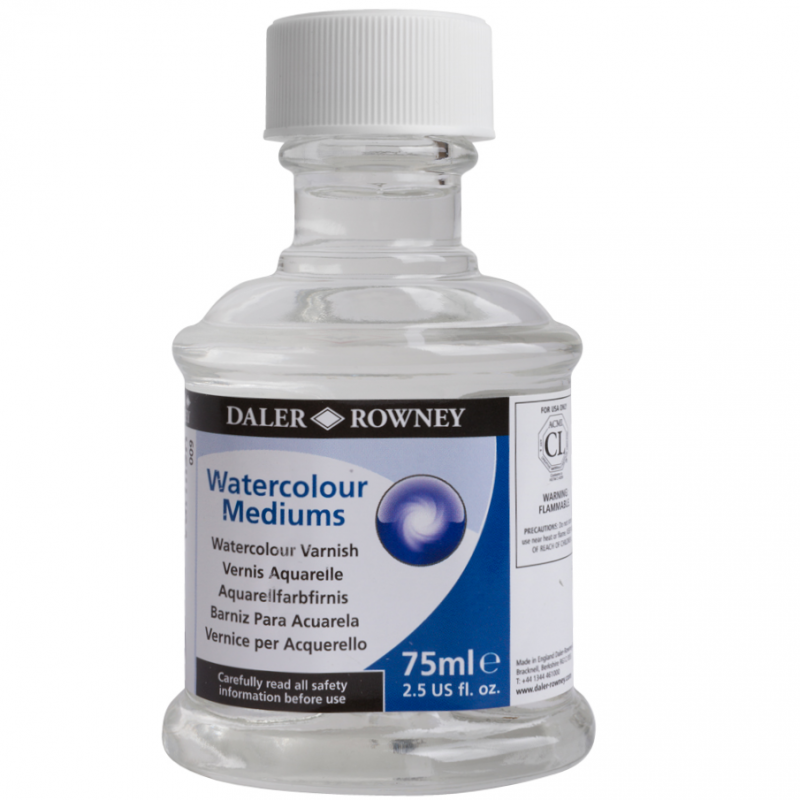For thousands of years, artists have been expressing themselves through the medium of watercolour. The use of watercolour has evolved over the centuries, from initial sketches to florals and even the making of maps. Like many mediums, watercolour emerged during the Renaissance with many artists adopting it as their favourite form of painting.
Today, however watercolour is one of the most popular painting methods, with artists creating visually stunning pieces across many different styles. From Renaissance creations from Albrecht Druer, to progressive modernists like Georgia O’Keeffe and current day lifelike watercolourists like Lucy Clayton, this medium is lacking in neither brilliant artists nor fascinating techniques.
Using watercolour mediums is a great way to transform your artwork. Learn more about how to explore limitless creation with watercolour to create amazing watercolour paintings with stunning effects.
Whether you’re new to the world of watercolours or an experienced veteran, you’re likely keen to experiment with the different styles and watercolour techniques. Here, we’re sharing 5 watercolour painting techniques to try, from wet on wet watercolour to watercolour layering, to help artists of all levels in their amazing watercolour paintings.
1. Dry Brush
The dry brush watercolour painting technique is suitable for artists at all levels, assuming, of course, you’re up for a little bit of experimenting. The dry brush technique is quite straightforward – you work with a small amount of paint and water which creates a unique look that encapsulates broken edges and creates texture within a piece.
For success with dry brush painting, work with dry paper and very little paint and water loaded on your brush. This technique is particularly effective when creating “soft” objects such as waves, clouds, foliage or fur on animals. This is one of the more abstract watercolour techniques but can easily be combined with traditional wet methods to create different textures within your painting.
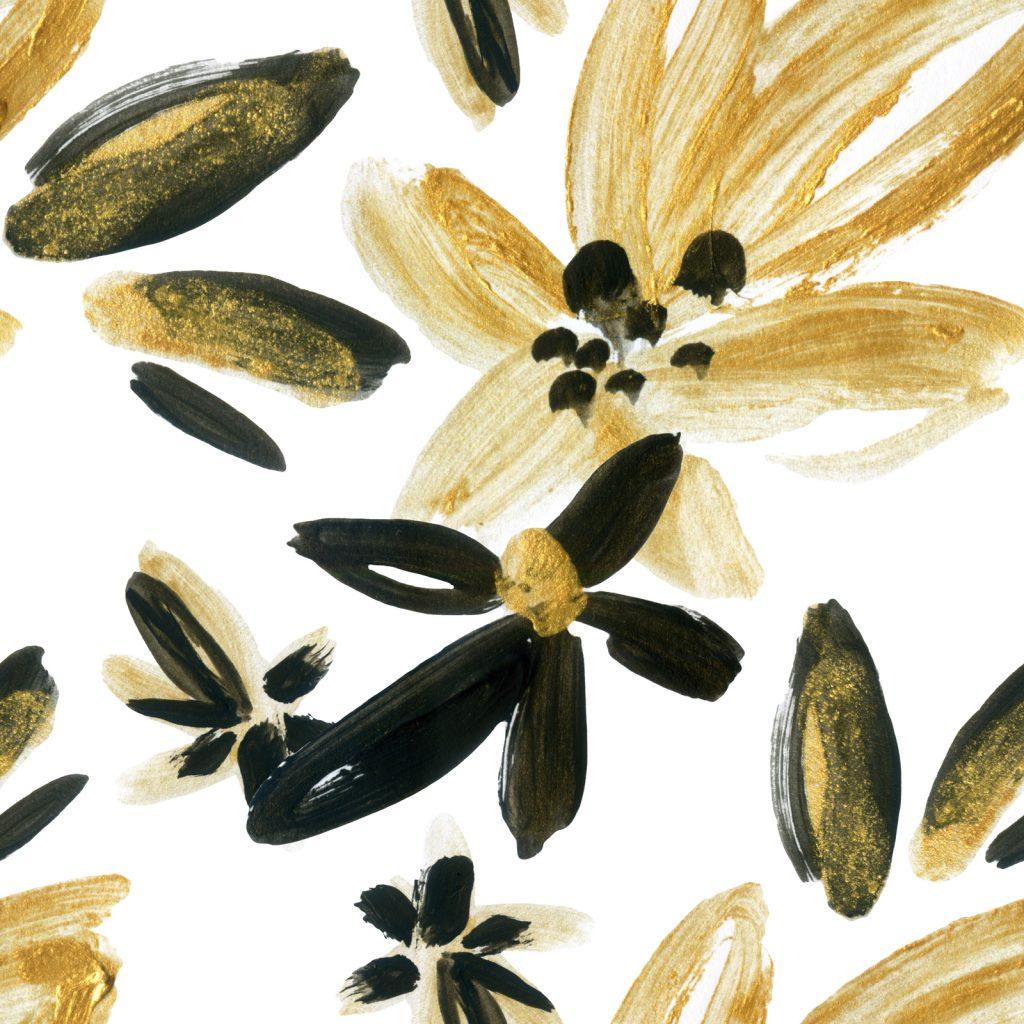
2. Rubbing Alcohol
To give your paintings an ethereal quality with plenty of texture, try incorporating rubbing alcohol. Similar to oil and water, rubbing alcohol and watercolours do not mix. When you expose them to one another, they create a fascinating effect.
Once you’ve loaded your brush and applied your watercolours to the paper, you can transform it all with the rubbing alcohol. Apply the alcohol when your painting is still wet (the two mediums will not interact when the paint is dry) using a cotton bud, dropper or even a spray bottle. Watch as the interaction between watercolour and rubbing alcohol creates some amazing watercolour paintings.
Browse our vast range of mediums to use when experimenting with more abstract watercolour techniques.
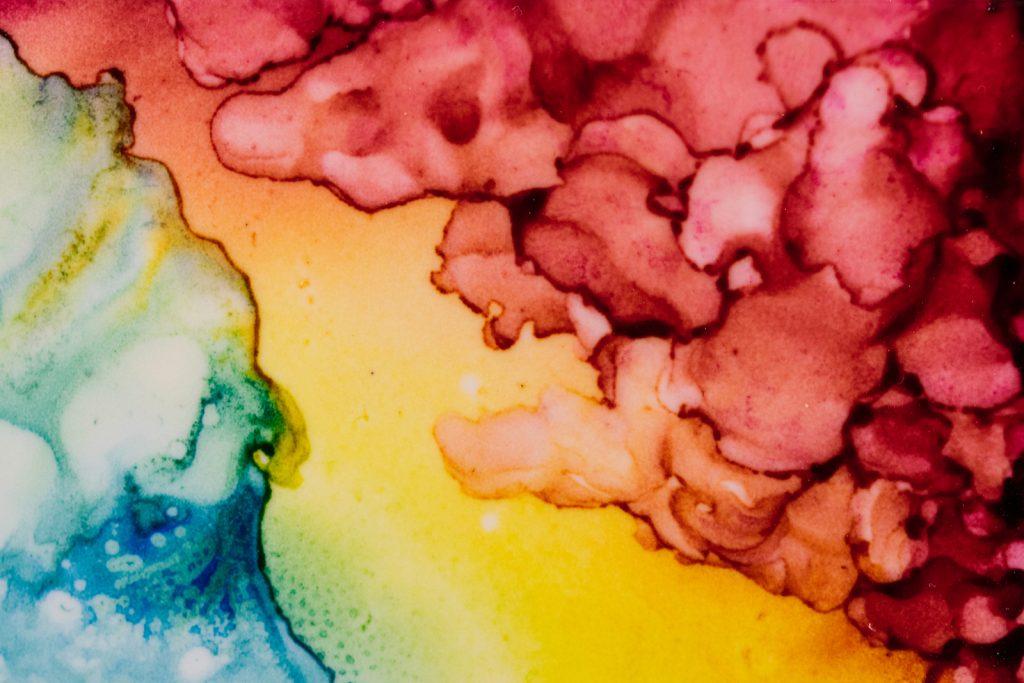
3. Wet on Wet Watercolour
This is one of the most traditional watercolour techniques but still very popular. The complete opposite technique to dry wash, wet on wet watercolour requires a thoroughly wet paper to begin your painting. Then, using a wet brush, apply the watercolour to the paper. Through this method, you will achieve an incredibly feathery look.
You can add wet paint in layers on top of a wet wash to blend and spread out naturally, creating depth and the impression of detail. This method is particularly popular for abstract pieces, as well as florals due to the bright, soft effects and organic shapes and curves.
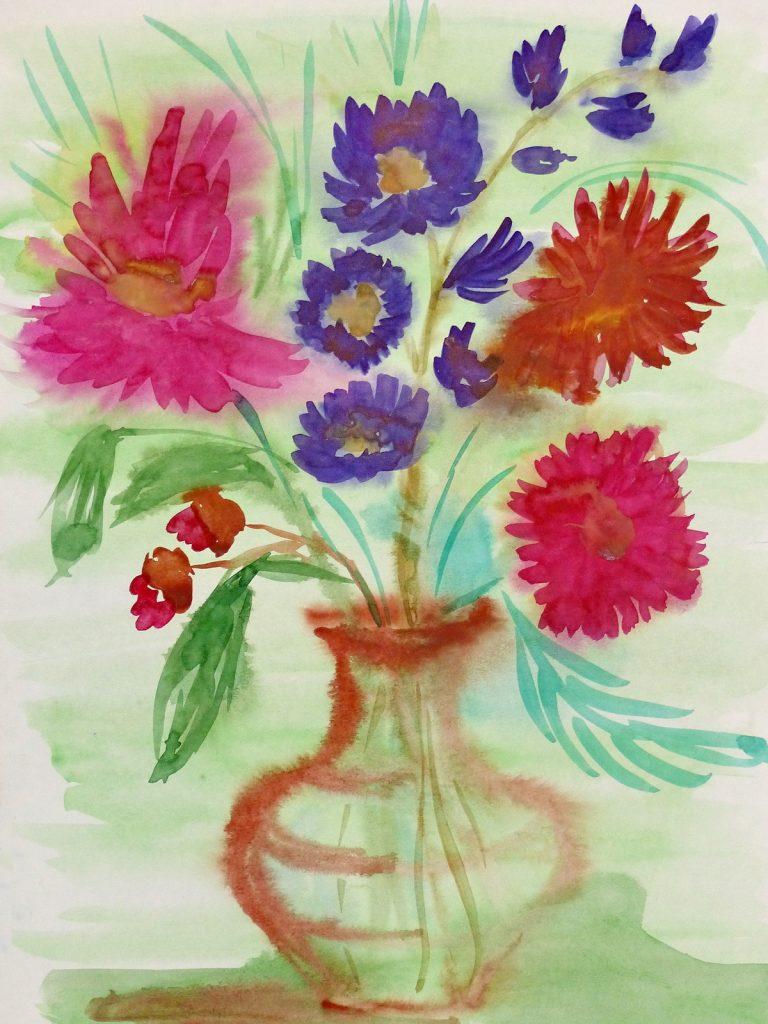
4. Watercolour Layering
For artists looking for ways to challenge themselves and enhance their art, layering watercolours is a great place to start. The watercolour layering technique allows you to add texture and depth to your watercolour paintings by building with layers of colour.
Once you have finished your initial wash or layer, allow your painting to dry completely. It is vital that it’s not even slightly wet before you begin to add your layers. Once it’s dry, bring in the next colour layer – but make sure you don’t use as much water this time, as this can cause the two layers to bleed, essentially limiting the effect. You can choose to work with the same colour, simply adding depth, or work in different colours for more variety.
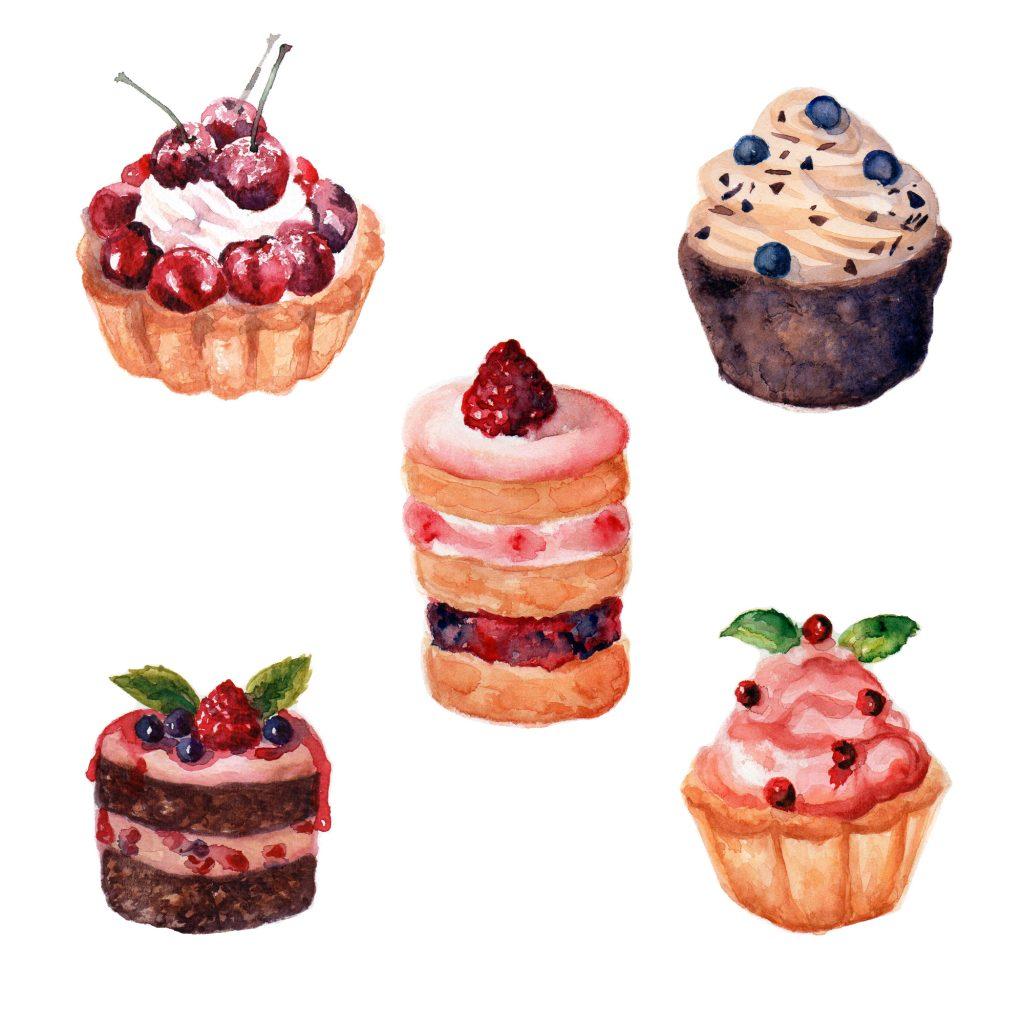
5. Salt
A fantastic way to bring unusual texture to your watercolours is to use salt. This may seem among the more abstract watercolour techniques, but it’s simply and effective. Similar to rubbing alcohol, the elements in salt react with the watercolour to produce an unusual effect. Salt creates amazing effects and is perfect for creating the illusion of stars, snow, or just adding an interesting element to your work.
Start by painting as you normally would, utilising whatever style and techniques you favour. Then, while your painting is still wet, sprinkle salt to the areas where you want to add the texture. Watch as the salt collects the pigments and transforms your piece. Once the painting is dry, remove the remaining salt.
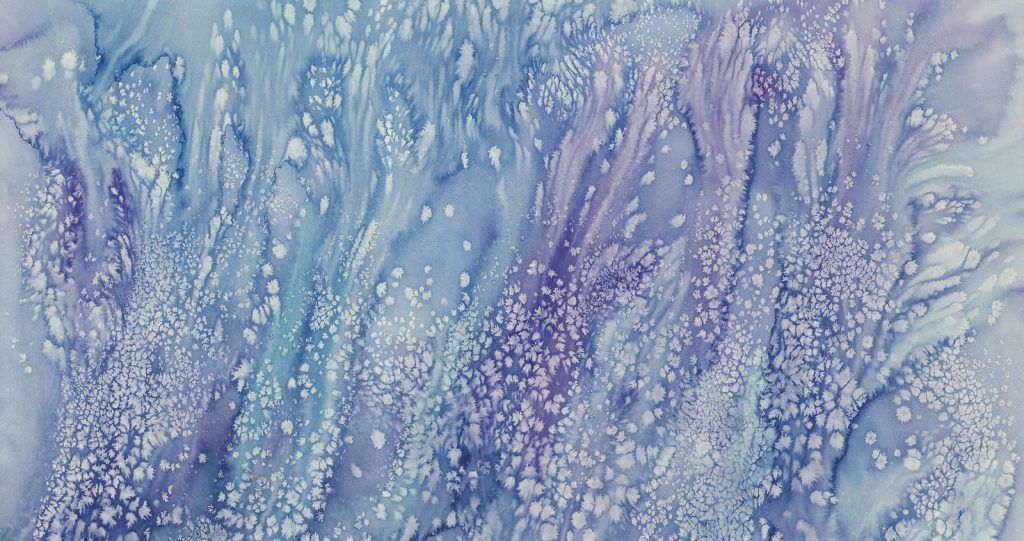
Want to start with these exciting watercolour techniques but not sure where to start with buying watercolour paints? Take a look at our favourite professional water colour and best watercolour brushes in our other blogs.
Test The Best Professional Water Colour
< Back to blog